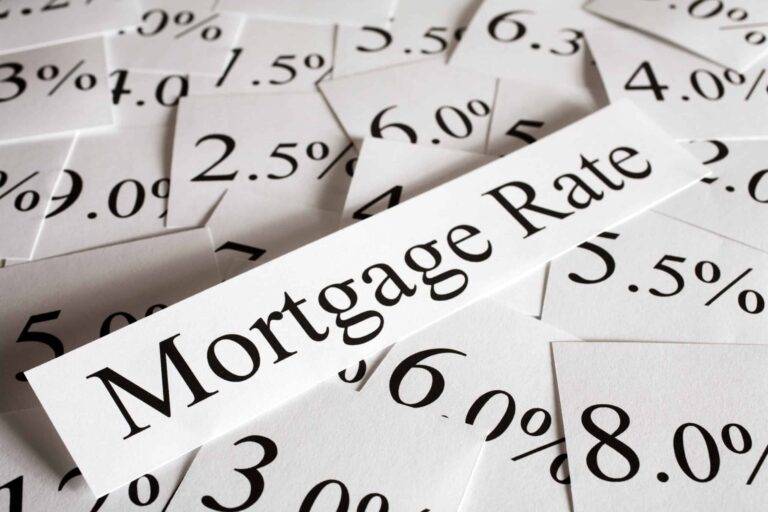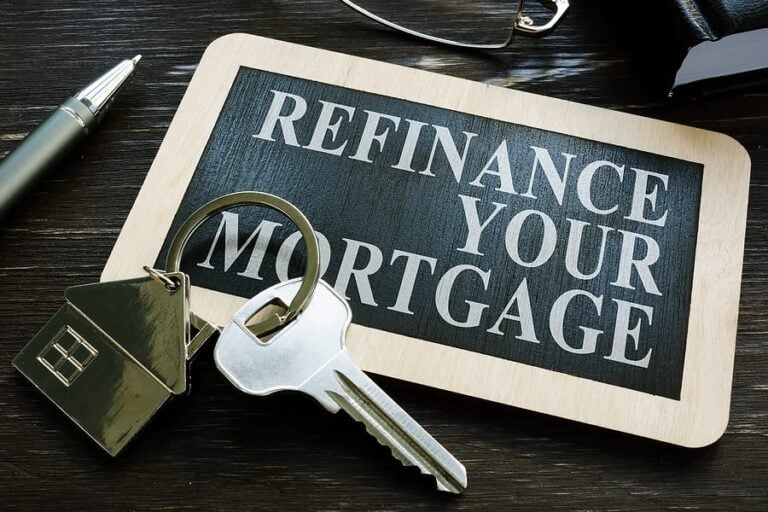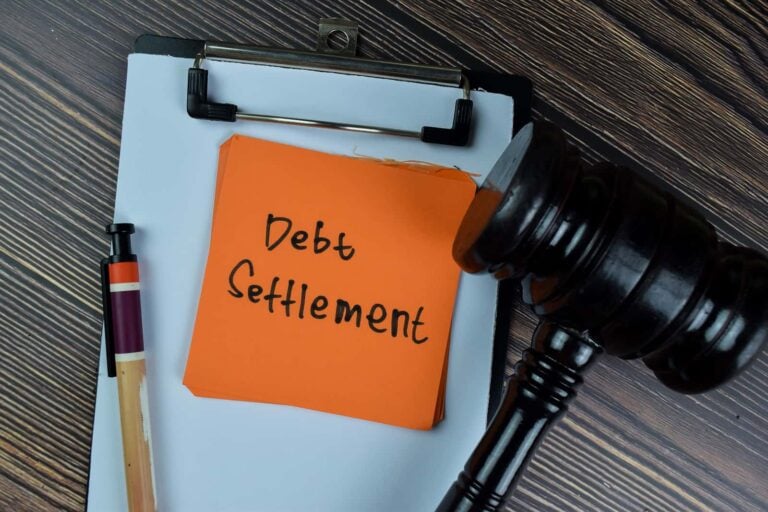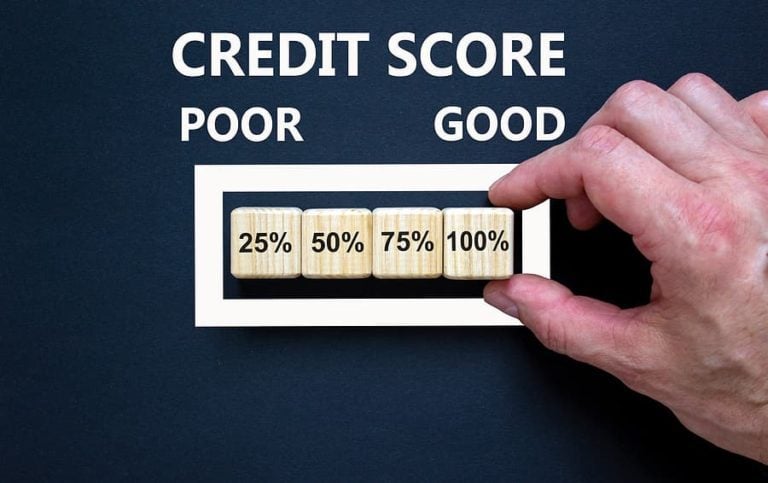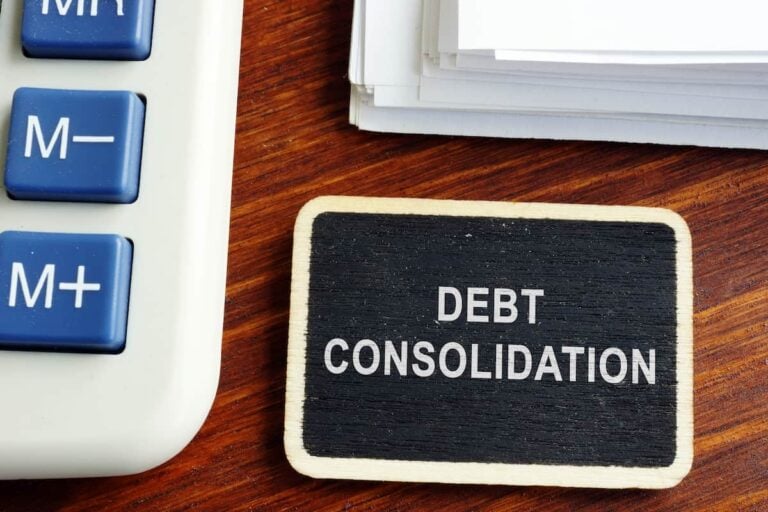Debt isn’t necessarily bad – most adults carry a certain amount of it, whether it takes the form of a mortgage, auto loan, credit card balance, personal loan or student loan – or a combination of the above. Taking down debt really only represents an opportunity to live better in the present at the expense of some future income.
This is not inherently bad – in fact, debt in the form of a home mortgage helps families live and grow, while higher education loans can translate into greater future earnings power. However, problems often arise when an individual or business takes down unmanageable levels of debt that strain a budget or business plan.
The ensuing challenge of making consistent monthly payments introduces added stress while impacting an ability to meet other separate financial goals. Too much debt can impact your business, finances, and your credit. Find out how much debt is too much and how your balances stack up.
How Much Debt is Too Much Debt?
Do you have too much debt? There are a number of warning signs of too much debt. For starters, when an individual is forced to use credit cards regularly to pay for everyday expenses and groceries, that’s a warning sign. The same goes for running out of money before the next paycheck (while already living paycheck to paycheck), or not being able to afford an emergency fund.
How does this happen? It’s really a function of the individual’s monthly debt payments as a percentage of pre-tax monthly income. In other words, quantifying an individual’s debt-to-income ratio is a good place to start for determining how much debt is too much debt.
Let’s look at two examples, one that focuses only on consumer debt (credit cards, auto loans and installment loans) and a second example that includes consumer debt and a mortgage payment. In the first example, let’s assume $450 in monthly credit card payments and an additional $450 for an auto loan payment, with the individual earning $4,500 before taxes each month.
Since the combined $900 monthly payments represent 20% of monthly pre-tax income, the debt-to-income ratio is 20%. This is at the high end of what the Consumer Financial Protection Bureau recommends for renters, as it guides for a debt-to-income ratio of 15-20% when mortgage payments are excluded.
For the second example, we’ll include a monthly mortgage payment in order to evaluate the total debt picture of a homeowner. Let’s use the same numbers as the earlier example, except we’ll add a monthly mortgage payment of $675.
This brings total monthly debt payments up to $1575, which represents 35% of the $4,500 monthly pre-tax income, for a debt-to-income ratio in this case of 35%. Once again, this is at the high end of what the Consumer Financial Protection Bureau recommends, as it guides for 36% or less. It’s important to recognize that lenders will often look at this ratio as well, so keeping the debt-to-income ratio within a lower range will improve an individual’s chances of securing additional credit when it is needed.
How Much Business Debt is Too Much?
Let’s turn now to business debt. It is extremely common for a business to borrow some quantity of debt. Whether it be unsecured credit card debt, unsecured debt owed to vendors, secured debt owed to a bank, merchant cash advances, IRS payroll debt, some form of landlord debt or leasing debt – the fact is that business debt comes in many forms. And, just as with the individual, a business can become saddled with too much debt.
Business conditions change, a new competitor emerges, a top-selling product becomes commoditized or rendered obsolete…and suddenly a previously thriving business owner finds himself struggling to keep pace with monthly debt payments. Debt helps a company purchase equipment and inventory, hire new employees, expand its offerings and finance growth. However, too much debt places a company at risk and can stifle cash flow when company operations fall short of expectations. So, if you are a business owner, how much debt is too much?
The first step to take toward getting a handle on your business debt is to take inventory of the problem. Get a big picture view of your various debts and prioritize them according to interest rate, size of monthly payment and any associated penalties. It can often make sense to simply attack your debts according to which have the highest interest rates.
However, there are additional considerations – such as determining which debts, if neglected, could lead to property, plant and equipment being confiscated, thereby significantly impairing operations. Also consider which debts could affect important business relationships – such as those with vendors and suppliers who could frown upon conducting subsequent business with you.
When you have taken inventory of your various business debts, head over to our Business Debt Calculator to get a preliminary idea of how much money you and your business can save through business debt settlement.
Business Debt Settlement
Business debt settlement is the process of successfully negotiating and settling business accounts for lower payoff amounts than the total balance owed on them. These lower amounts are agreed to by the creditor or collection agency and are fully documented in writing. Terms are often settled in the form of a lump sum payment, although there also are instances – depending on the lender and the circumstances involved – in which a reduced payoff amount can be paid off over an extended period of time.
The amount of business debt reduction achieved through settlement will depend upon a number of factors – among them being the types of business debt involved, who the creditors are, the overall amounts owed, the value of underlying business assets, and, in some instances – the value of personal assets. Nonetheless, the process of negotiating and paying lower amounts to settle business debt is actually far more common than many business owners realize.
At United Settlement, our experienced debt settlement professionals enjoy strong relationships with many of the leading providers of business debt and possess a broad understanding of the overall business lending landscape.
If you and your business are currently burdened by high levels of business debt, the process of pursuing debt settlement could easily make sense. We have a proven strategy in place for achieving successful business debt settlements for our clients.
Together we can discuss the appropriate financial specifics related to your business and its debt, and determine whether the process of pursuing business debt settlement is right for you.
Contact United Debt Settlement to learn more about debt relief or to schedule a free consultation. Give us a call at (888-574-5454) or fill out our online contact form.
About the Author: Steven Brachman
Steven Brachman is the lead content provider for UnitedSettlement.com. A graduate of the University of Michigan with a B.A. in Economics, Steven spent several years as a registered representative in the securities industry before moving on to equity research and trading. He is also an experienced test-prep professional and admissions consultant to aspiring graduate business school students. In his spare time, Steven enjoys writing, reading, travel, music and fantasy sports.

Gabriel Gorelik paves the way for customer service and operations at United Settlement. He is passionate about numbers and holds a strong belief in helping anyone with their debt. Before United Settlement, Gabriel received his BS in Finance & Economics from Brooklyn College. After graduation, Gabriel went on to build his first financial services company where he managed thousands of accounts for business and consumer clients. He understands the importance of client satisfaction, professionalism, and exceeding expectations.

